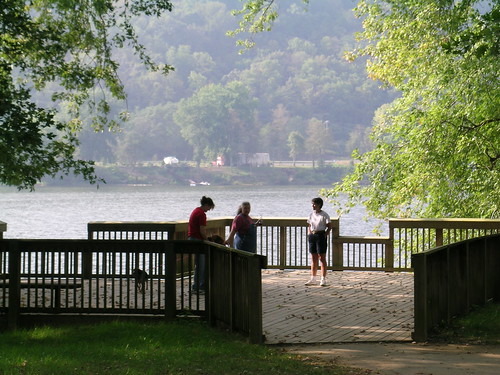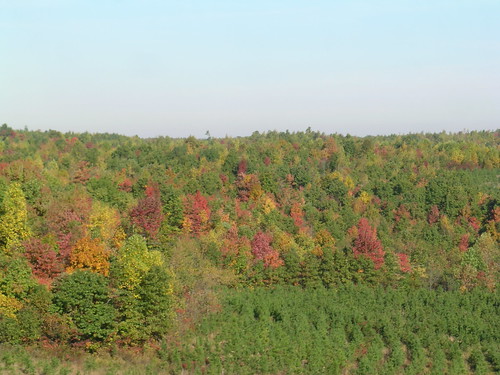
Upcoming Veterans Day, November 11, marks the fourth time this year that the U.S. Forest Service is offering national fee waivers on recreation sites it manages. The choice of this date has been made to honors the country’s veterans, members of the armed services, and their families.
These fee waivers are offered in cooperation with other federal agencies under the Federal Lands Recreation Enhancement Act. Aside from Veterans Day, there have been three other dates earlier this year when fees have been waived: National Trails Day – June 5-6; Back-to-School Season – Aug. 14-15; and National Public Lands Day – Sept. 25, 2010. Day use fees will be waived at all standard amenity fee sites operated by the Forest Service and concessionaire operated day-use sites may be included in the waiver if the permit holder wishes to participate.
America’s national forests and grasslands provide the greatest diversity of outdoor recreation opportunities in the world, connecting us with nature in an unmatched variety of settings and activities.
Outdoor recreation is fun -- and so much more. It provides physical challenge, requires development of life-long skills, provokes interest and inquiry, and inspires wonder and awe of the natural world. Recreation thereby contributes greatly to the physical, mental, and spiritual health of individuals, bonds family and friends, instills pride in heritage, and provides economic benefits to communities, regions, and the nation. Indeed, outdoor recreation has become an essential part of our American culture.
In America’s national forests and grasslands you can hike, bike, ride horses and drive off-highway vehicles. You can picnic, camp, hunt, fish, and navigate waterways. You can view wildlife and scenery, and explore historic places. You can glide though powder at world class alpine resorts and challenge yourself on primitive cross-country ski or snowmobile routes.
Participation in recreational activities is the way that most of us come to our national forests and grasslands, making it an important portal for understanding their meaning, history, and relevance, and that of public lands as a whole.
The updated National Visitor Use Monitoring Report reveals that recreation activities on national forests and grasslands have helped to sustain an estimated 223,000 jobs in rural areas and contributed approximately $14.5 billion annually to the U.S. economy.
These are the people's lands. Now and in the future, these lands depend on enduring public trust and engagement. People who have spent time by their favorite creek, explored a new trail, or spent a Saturday pulling weeds or cleaning a campsite, understand that our forests are fundamental to our national identity and are a legacy we must pass on to future generations.

